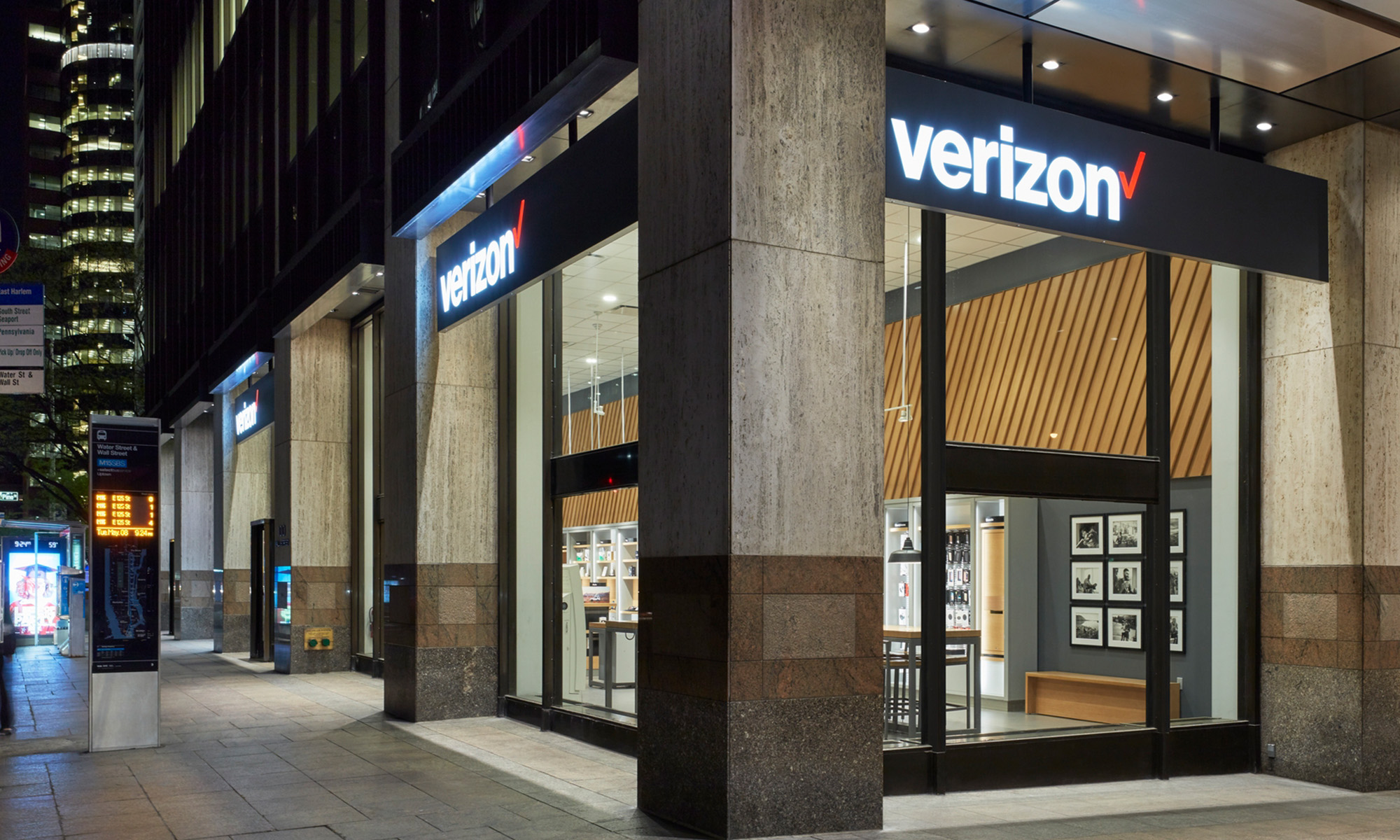A lot of people signed up for Verizon's (VZ 1.22%) wireless phone service in the fourth quarter. The telecom giant added another 790,000 postpaid phone subscribers, its best Q4 performance in six years, as a result of strong gross additions and best-in-industry churn rates.
Verizon's ability to attract subscribers seems to rely heavily on pricing and promotions. While its revenue came in above expectations, its earnings fell below the consensus. The main culprit may be Verizon's moves to lower its pricing on unlimited plans and offer its customers a free year of Disney's (DIS 0.18%) Disney+ streaming service. Average revenue per account fell sequentially and EBITDA margin contracted across both the consumer and business segments. EBITDA declined 1.2% in its consumer segment compared to growing EBITDA at its competitors like AT&T (T +0.34%) and T-Mobile (TMUS 0.71%).
Verizon's lower profitability despite its strong subscriber growth is something investors need to pay attention to.

Image source: Verizon.
Using Disney to compete
Disney+ may have been instrumental to Verizon's big net subscriber addition number during Q4. Given lots of pent-up demand for the streaming video service combined with a new Apple iPhone release last quarter, Verizon's unlimited plan became an attractive option for customers thinking about switching. That's especially true among iPhone purchasers, as Verizon also includes an Apple Music subscription in its unlimited plans.
Q4 was also the first full quarter of its new unlimited plan pricing, which offered more for less than its previous plans.
CFO Matt Ellis noted the company was "extremely pleased" with the early uptake on the Disney+ offer, but didn't provide any exact details on how many customers subscribed. Verizon previously said about 17 million customers would be eligible for the free year of Disney+ between its wireless and home broadband subscribers.
The move to partner with Disney and Apple puts Verizon on a more even playing field with T-Mobile and AT&T. T-Mobile offers its top-tier unlimited subscribers a deep discount on a Netflix subscription, making it free in some instances. AT&T is offering its top-end unlimited subscribers free HBO Now, which it'll upgrade to HBO Max when the service launches in May. Despite the lower consumer price of Disney+, consumers are drawn to the brand, as evidenced by the 10 million sign-ups (which included pre-sales) it saw on launch day.
Dragging down profitability
The new plans and Disney+ subscriptions seems to have affected Verizon's cost of service, which climbed $90 million sequentially and grew 6.5% year over year. (The terms of Verizon's contract with Disney are unknown, and Verizon's accounting for the service is unclear.) That jump in cost of service is the biggest drag on profits for the company's consumer wireless business.
AT&T managed to sustain EBITDA growth in the fourth quarter for its mobility segment, despite fewer net subscriber additions. Even so, its horizontal integration with HBO means it could offset higher cost of service from offering customers a free subscription with higher revenue in its WarnerMedia segment (paid by the mobility segment).
Meanwhile, T-Mobile is managing to grow EBITDA because it's gaining operational efficiency from scaling its customer base.
Verizon doesn't have those advantages, as it already operates at scale and its media segment doesn't hold any valuable subscription video services. But maintaining its strong brand reputation with customers with competitive offers keeps it well positioned to return to growth in the future as it rolls out 5G services.
That growth won't come anytime soon, though. Management expects low- to mid-single-digit consolidated revenue growth and EPS growth of 2% to 4% for full-year 2020.









